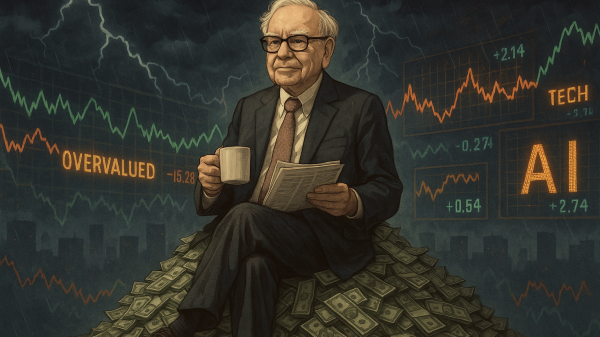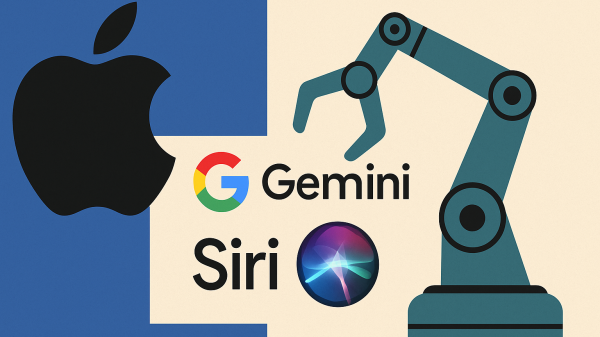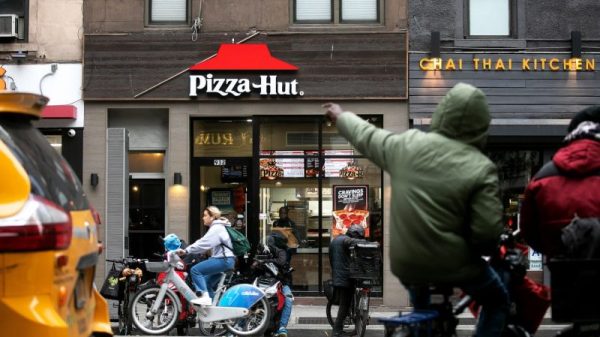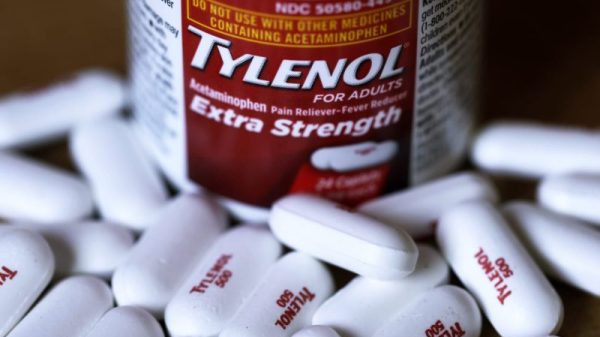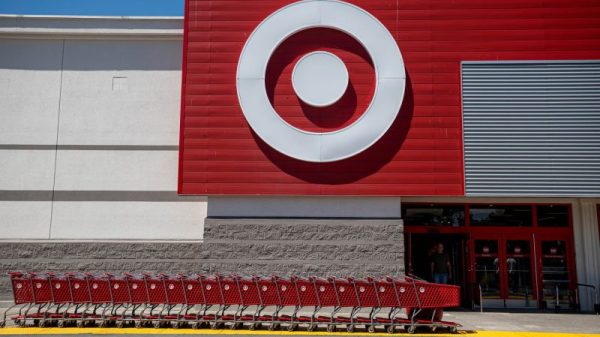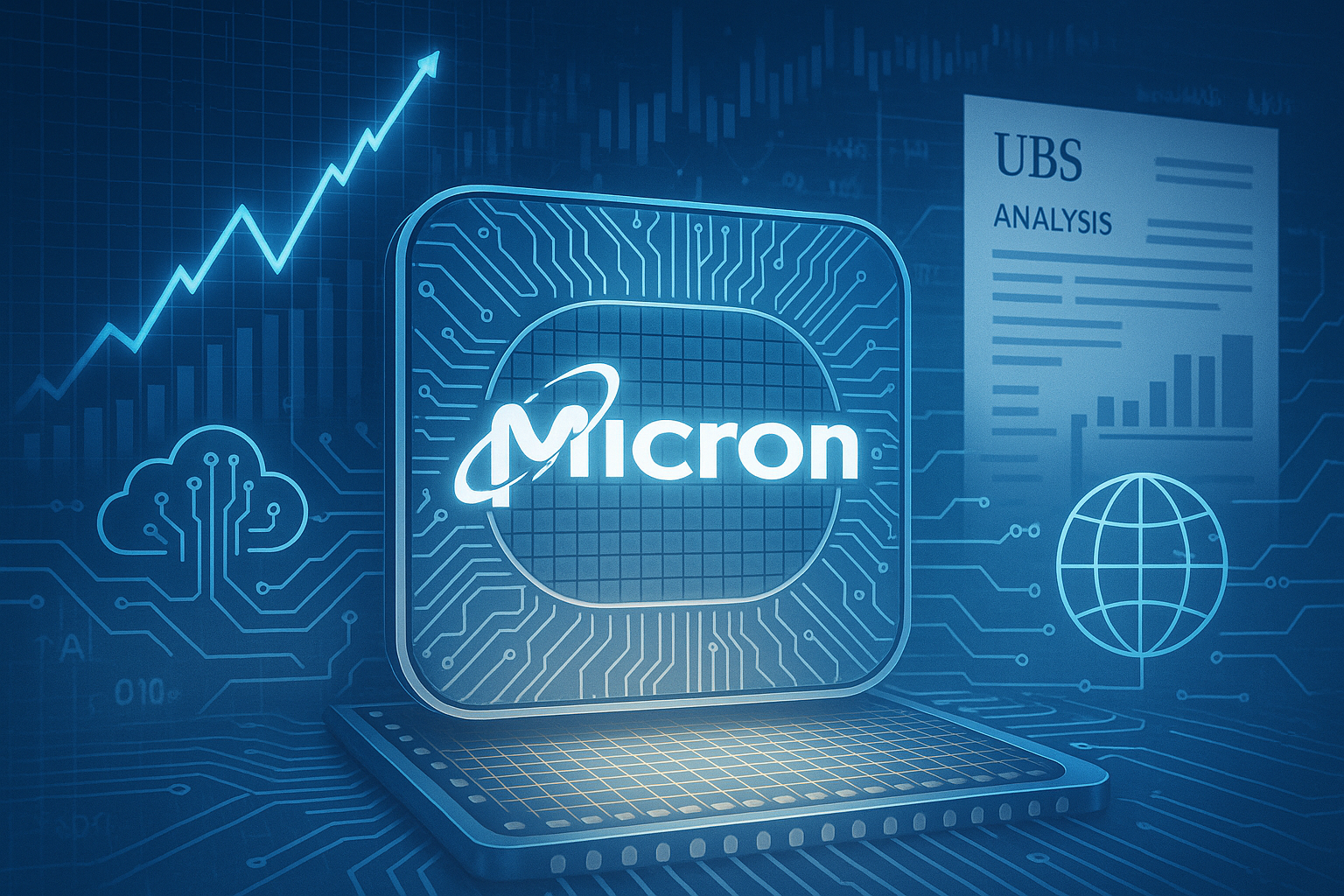Micron Technology’s stock could see further upside, according to UBS, as the semiconductor market faces a widening supply-demand imbalance.
The investment bank reiterated its “buy” rating on the chipmaker and raised its 12-month price target to $245 per share, up from $225.
The new forecast implies a potential 28% rally from Micron’s Wednesday closing price of $191.94.
UBS analyst Timothy Arcuri cited a deepening shortage of dynamic random access memory (DRAM) chips and rising demand from multiple sectors as the main drivers supporting Micron’s growth outlook.
The stock gained 3% in premarket trading after the announcement.
Tight DRAM supply fuels price and profitability prospects
In his note to clients, Arcuri said the DRAM supply shortage is becoming increasingly acute, leading to higher pricing power and potential profit expansion for memory producers like Micron.
“Our latest round of industry checks points to a very robust demand environment being met by acute and worsening DRAM supply shortages,” he wrote.
“On the back of such tight supply conditions, we see profitability in core DRAM strengthening further.”
The supply crunch comes at a time when the semiconductor industry is already navigating shifting production priorities, with much of the available capacity being redirected toward high bandwidth memory (HBM), a critical component for artificial intelligence (AI) and data center applications.
Demand surge driven by AI and smartphones
UBS highlighted that demand for DRAM is growing across multiple end markets.
In particular, US hyperscalers—large cloud service providers such as Amazon, Microsoft, and Google—are driving heavy demand for memory chips used in AI training and data-intensive workloads.
Arcuri also pointed to renewed strength in the smartphone sector, where manufacturers are ramping up component orders following a prolonged slump.
However, the surge in demand has not been adequately met by new supply.
“Most new DRAM bits are currently still allocated to high bandwidth memory (HBM) applications instead,” Arcuri explained.
This means traditional DRAM customers—such as PC and mobile device makers—are facing constraints as production shifts toward higher-margin HBM chips.
A durable memory cycle ahead
The UBS report emphasized that this cycle may prove more resilient than previous memory booms and busts, due largely to how HBM capacity is reshaping the market.
“All things considered, we reiterate our long-held view that the cycle will likely be more durable this time as HBM ‘crowds out’ the traditional memory market,”
Arcuri said. He added that “most, if not all, of the capacity addition across the industry through 2027 will likely go to HBM.”
This structural change, according to UBS, will allow memory suppliers to focus on higher-value markets, potentially reducing the industry’s historical volatility.
Micron’s shares have already surged more than 128% year-to-date, reflecting growing investor confidence in the company’s ability to capitalize on these favorable trends.
With the market facing sustained supply constraints and persistent AI-related demand, UBS believes Micron is well-positioned to maintain its upward trajectory in the months ahead.
The post Micron shares rise 3% after UBS upgrade to $245 amid tight DRAM supply appeared first on Invezz


